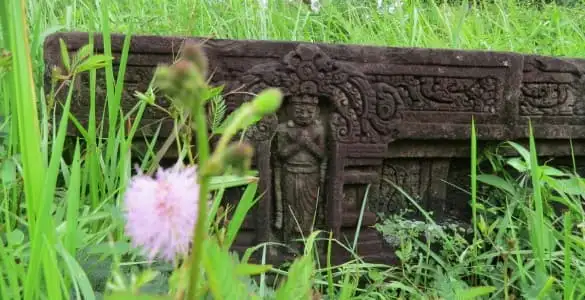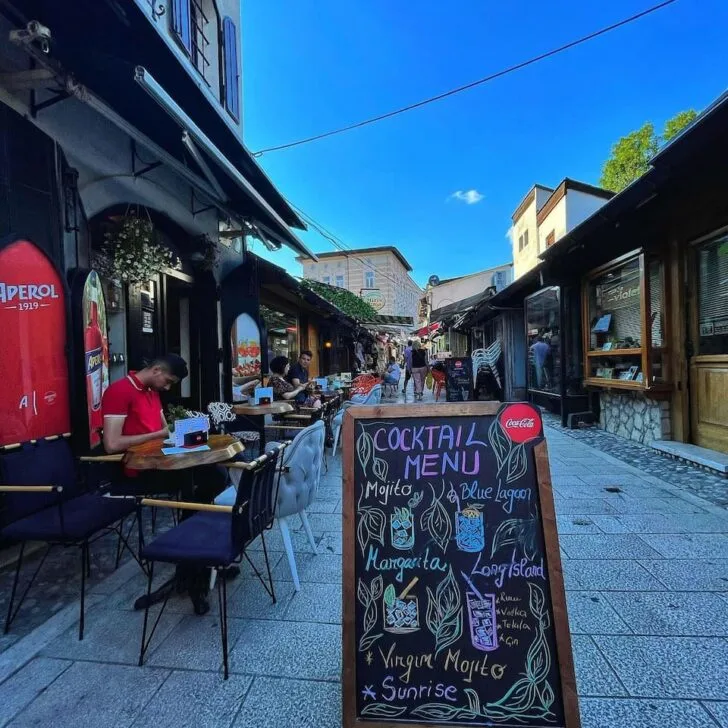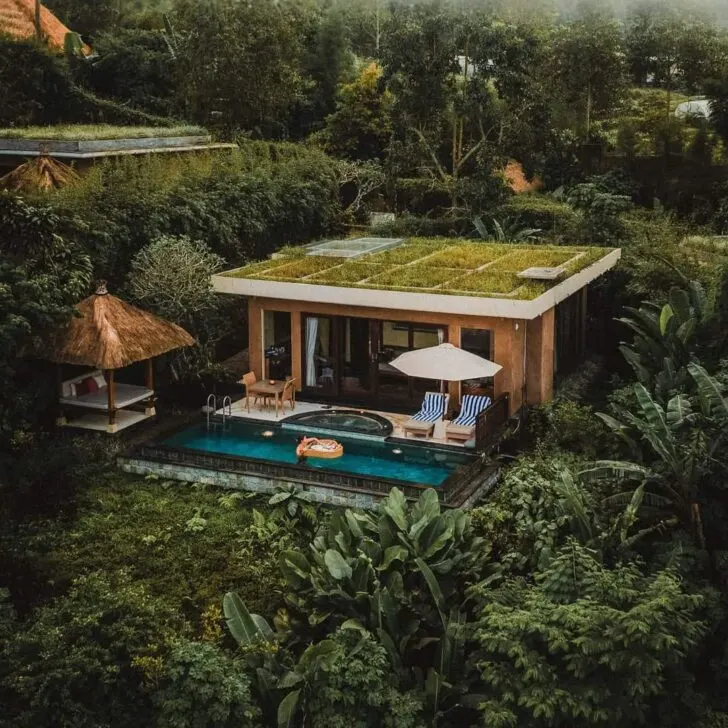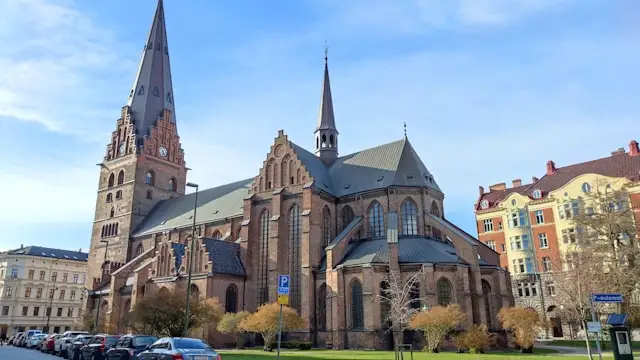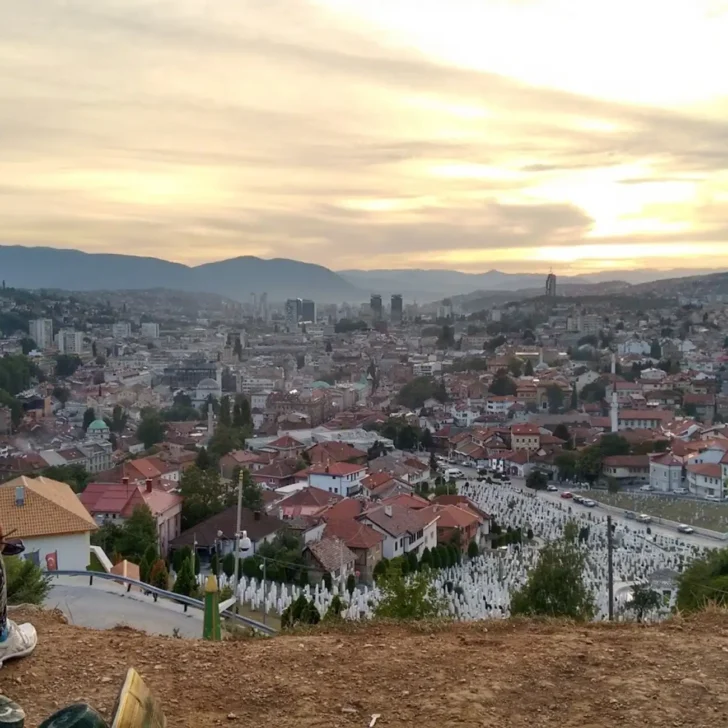We may receive a commission if you make purchases through affiliate links (at no extra cost to you). Read why our approach to travel is different.
When most travelers map out their Rajasthan trip itinerary, the first things they think of almost always involve forts and palaces. Don’t get me wrong: these structures are major parts of Rajasthan’s history, and I visited plenty of these myself!
But peer beneath the ornate palaces and imposing forts and you’ll quickly realize that despite the imposing architecture, the desert state’s allure lies in its simplicity. This is the kind of state where you might accidentally stumble into a side alley selling genuine Pushkar rose oil, kick back with a cold glass of thick, sweet lassi, and sit cross-legged on the floor to savor an insane assortment of curries served on a copper thali plate.
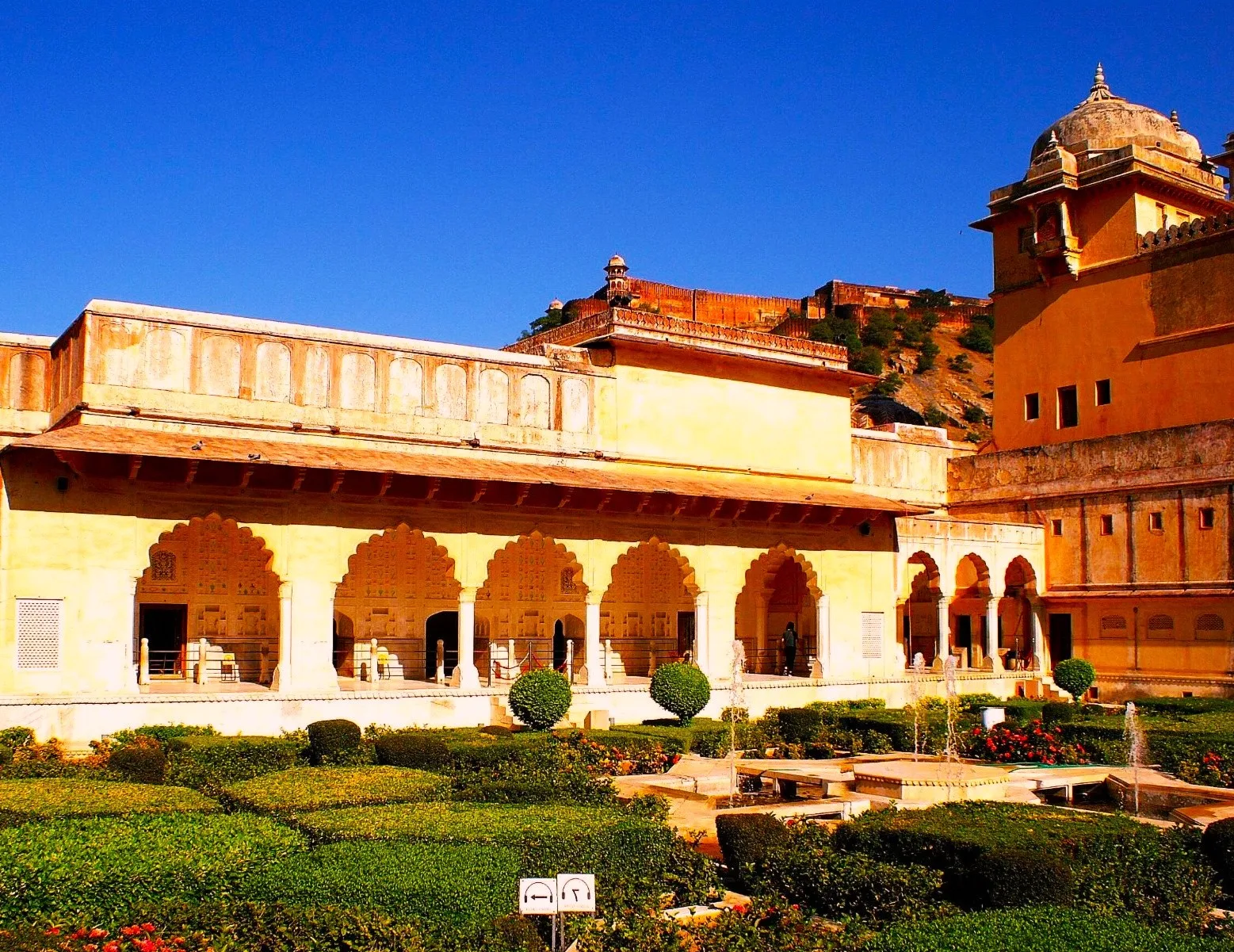
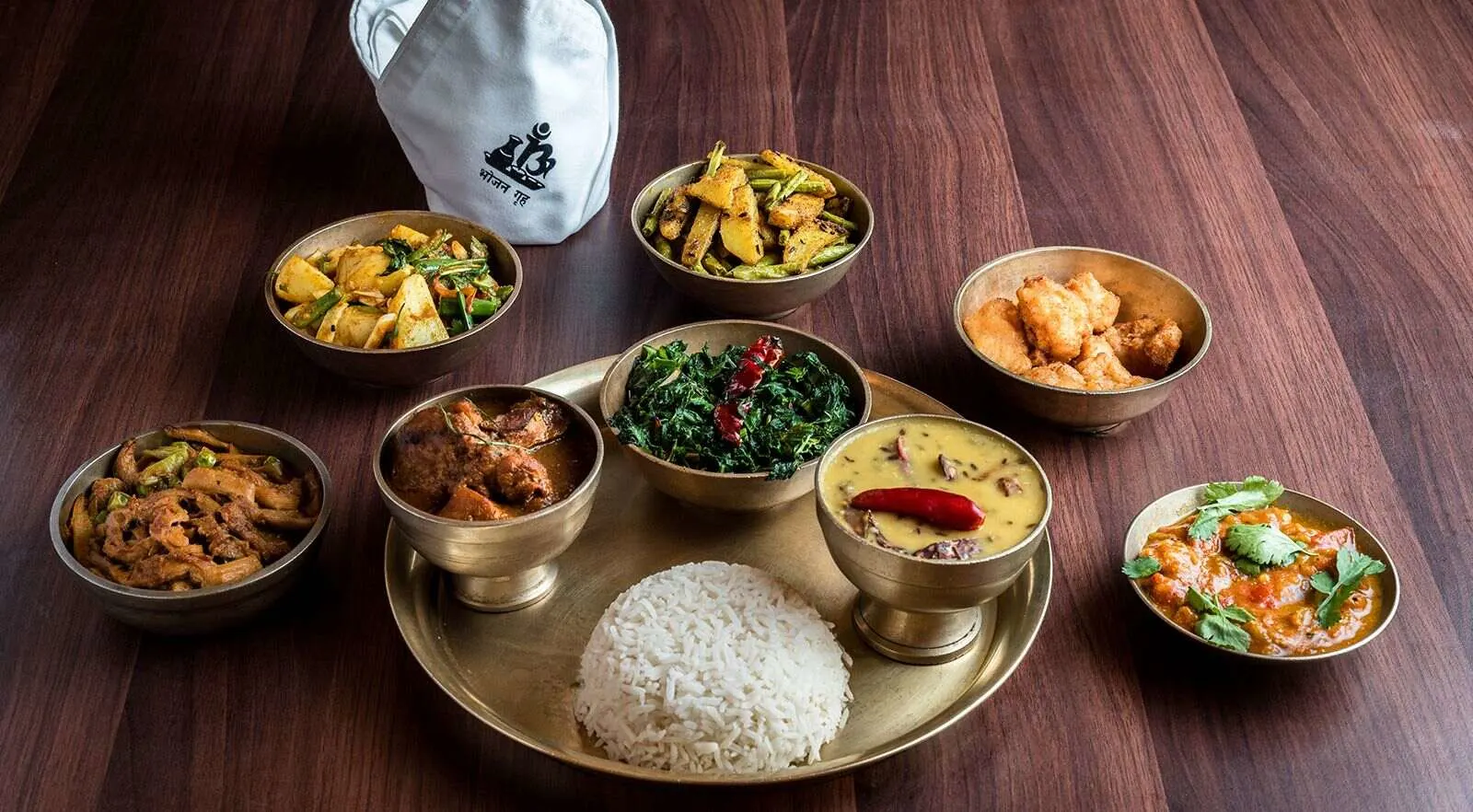
For me, Rajasthan is India at its finest. It’s a far cry from the smog in Delhi and the overly noisy crowds in Mumbai. This is where life slows down, allowing you to savor those small, seemingly insignificant moments that might just end up being the best part of your trip.
Skip to...
Day 1: Jaipur
If you’re flying in, land in Jaipur, not Delhi. Jaipur’s airport is small, manageable, and better located to kick off a Rajasthan trip itinerary without immediate chaos. You can always order an Uber or book a ride through the pre-paid taxi counter inside the terminal.
I always stay at the Raghunath Haveli whenever I’m in Jaipur. Housed in a palatial building, this spot features modest yet clean rooms with vintage Haveli architecture. Think high ceilings, carved wooden doorframes, lattice windows, and a few original stone floors.
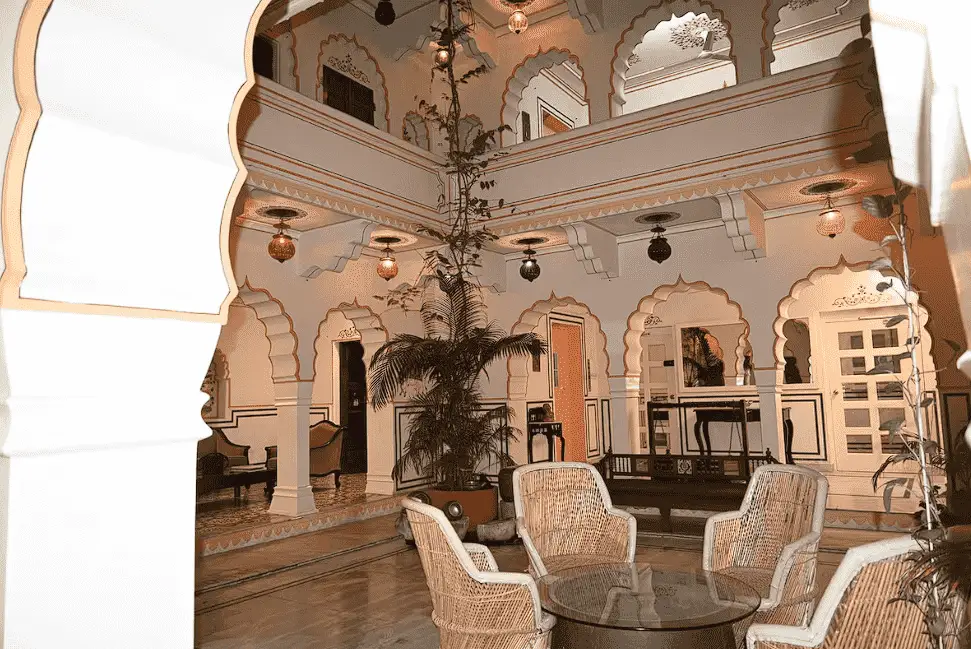
Bonus: there’s a tiny chai cart just outside Chandpole Gate (two minutes’ walk from the Haveli). In the morning, you’ll find the temple priests, cycle rickshaw guys, and other locals stopping by for their daily chai on their way to work. There’s no signage, though: just a line of small steel cups and a big copper pot, but believe me when I say this unnamed cart serves the best chai in Jaipur!
If you’re in the mood for something colder, head over to Lassiwala on MI Road. This place is known for serving the most authentic lassi in Jaipur! You’ll find quite a few fake Lassiwalas around, but the original one is found in shop No. 312. They serve thick, unsweetened curd in clay cups.
Travel tip: Ask for a sprinkle of cardamom powder for some extra oomph. You can add your own sugar from a shared pot on the counter.
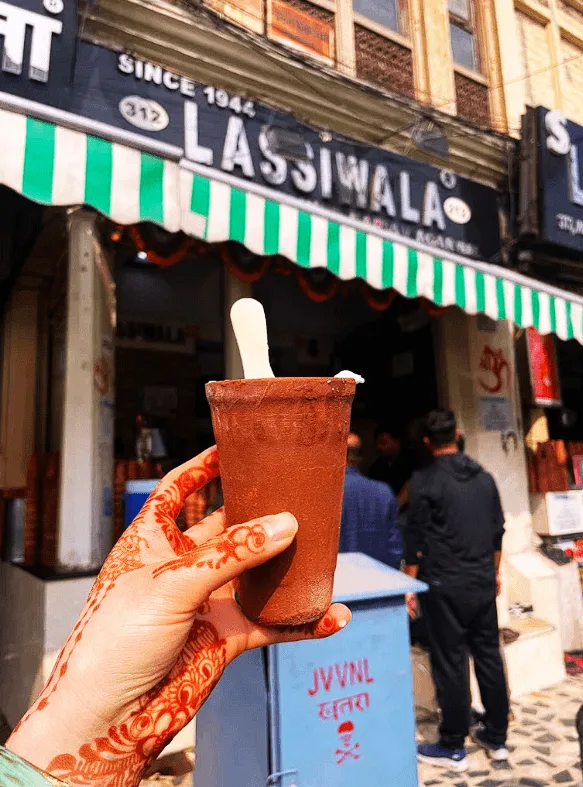
Next stops: City Palace and Jantar Mantar. Both are within walking distance of each other. You can always hire a guide if you want, but the guards at Jantar Mantar are super well-informed. They’ll happily answer all your questions and even show you how the Samrat Yantra (the world’s largest sundial) works.
Skip Hawa Mahal’s interior unless you’re really into lattice windows. Instead, go across the road to the Tattoo Café. It’s known for its moreish masala soda and stunning rooftop views of the city.
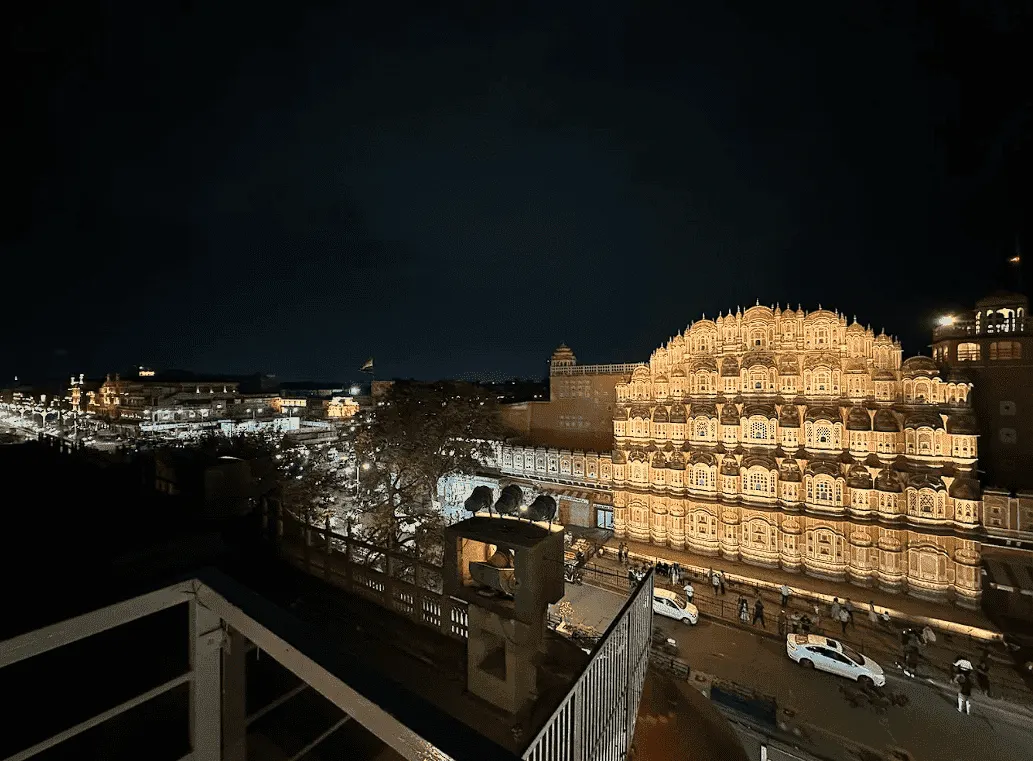
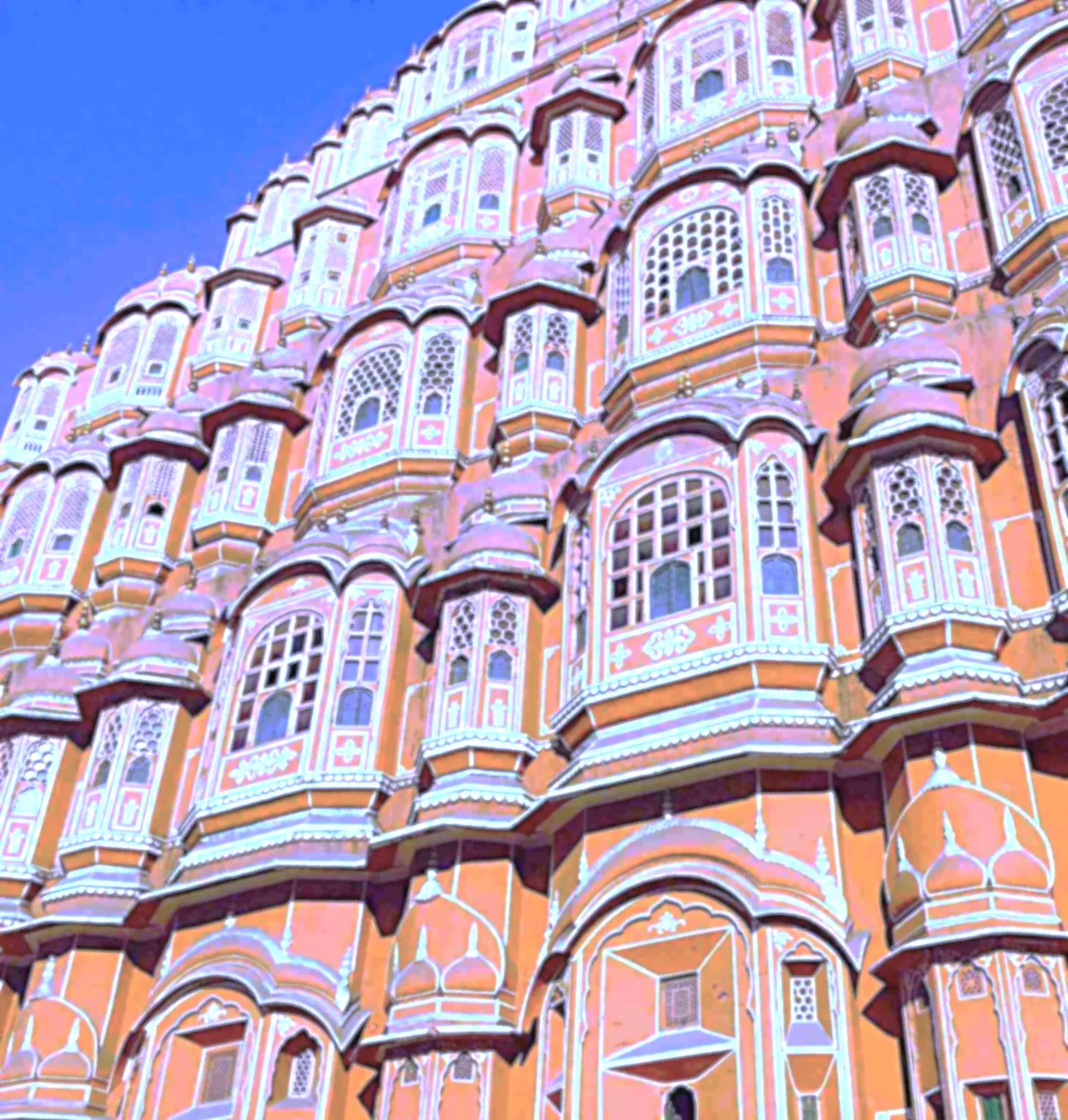
Local tip: Skip returning via the main Amer Road. Ask a tuk-tuk to drop you at Charan Mandir (a temple on the hill behind Nahargarh Fort) and take a relaxing stroll down through the Sunset Walk path. It ends at Chandpole, where you’ll find late-night chai stalls and small, late-night eateries.
Day 2: Jaipur to Pushkar
You’ve got two options here: you can either hop on an early bus to Ajmer or take the train. Trains will get you there faster (in two hours or less). Personally, I like to take the bus so I can kick back, relax, and properly enjoy rural Rajasthan.
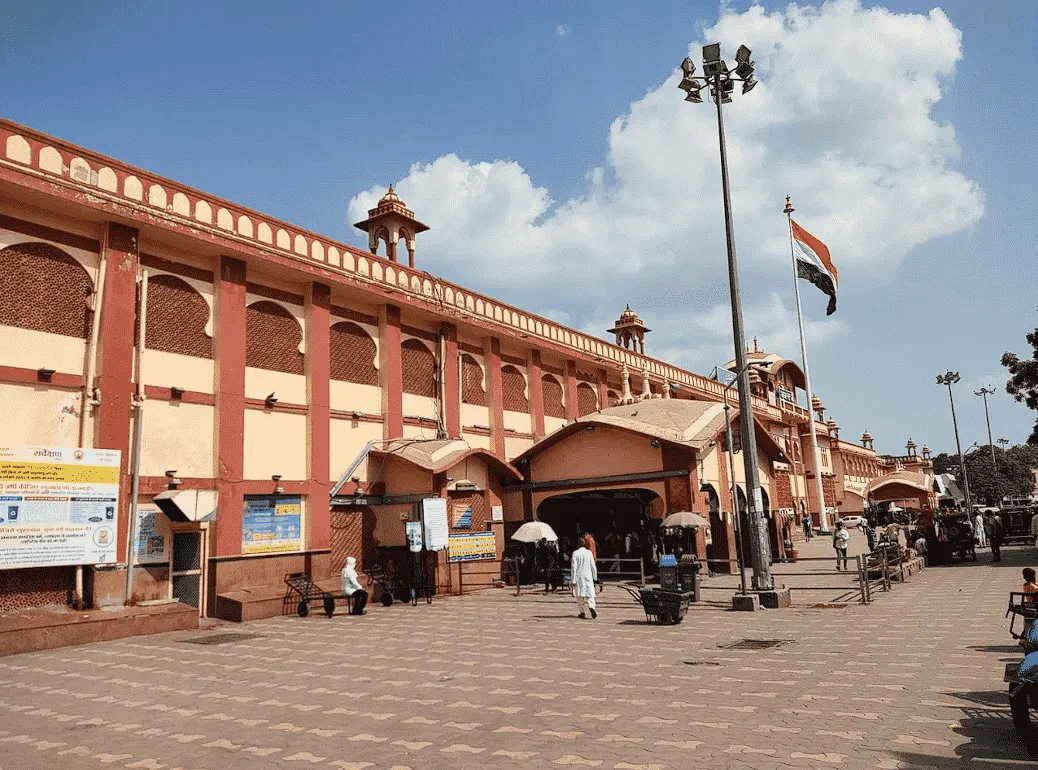
Once you reach the Ajmer Junction, walk 2 minutes to the road and grab a shared jeep to Pushkar for around a dollar. The jeep cuts straight across the Aravalli Pass, so you’ll be there in just under 30 minutes.
Pushkar is small, but don’t let this deter you. There’s a reason this town pulls in pilgrims, artists, hippies, and foodies in equal measure. Vegans will be glad to learn that Pushkar is meat-free, egg-free, and the entire town is walkable. This gorgeous town is especially known for its hills, mountain ranges, and Pushkar Lake.
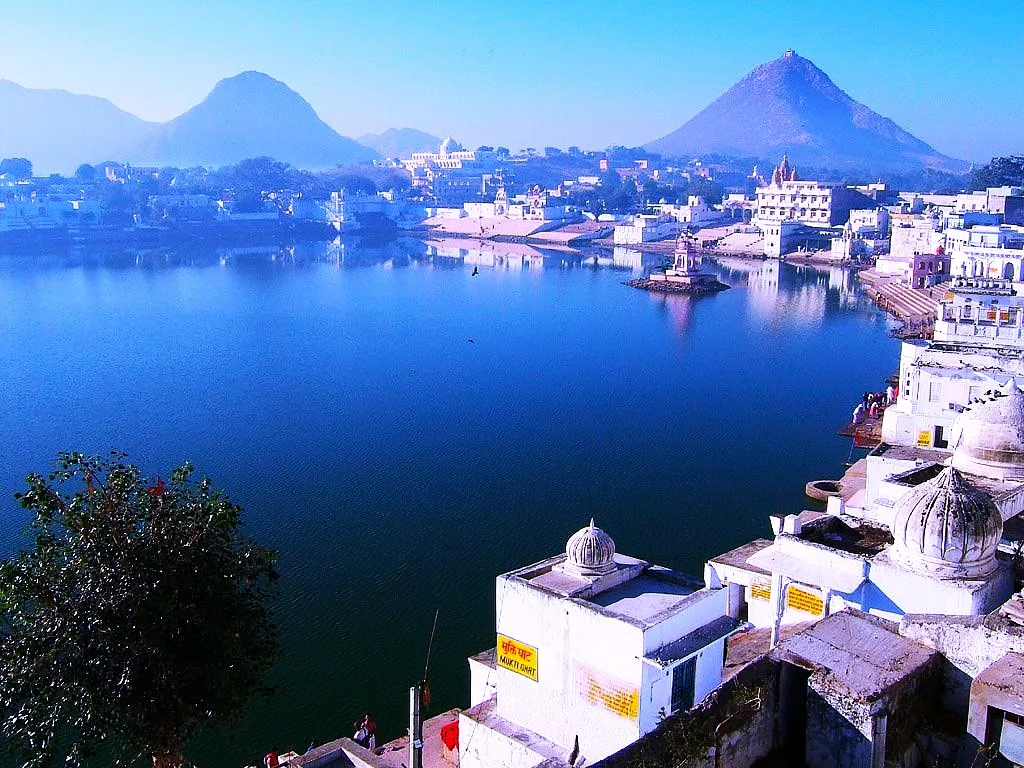
I always stay near Panch Kund Road. This neighborhood is quieter (and cheaper!) than places near the main bazaar. Rooms at the Milkman Guest House and Seventh Heaven run from US$30 to US$50, many with lake or mountain views. Ask for upper floors to properly enjoy that crisp mountain air.
Once you’re settled, you may wish to kickstart this leg of your Rajasthan trip itinerary by walking clockwise around the ghats (locals do as a ritual). You’ll be stopped by priests near the Brahma Temple, but don’t accept flowers or “free” threads. They’ll most certainly charge you an outrageous fee for them.
Skip the touristy cafes with overly polished, Instagrammable interiors. Instead, try spots like Ganga Laffa for Middle Eastern street food made fresh in a stone tandoor oven. For breakfast, I like to head to Raju Terrace Garden. Their ginger-lemon-honey tea is the real deal!
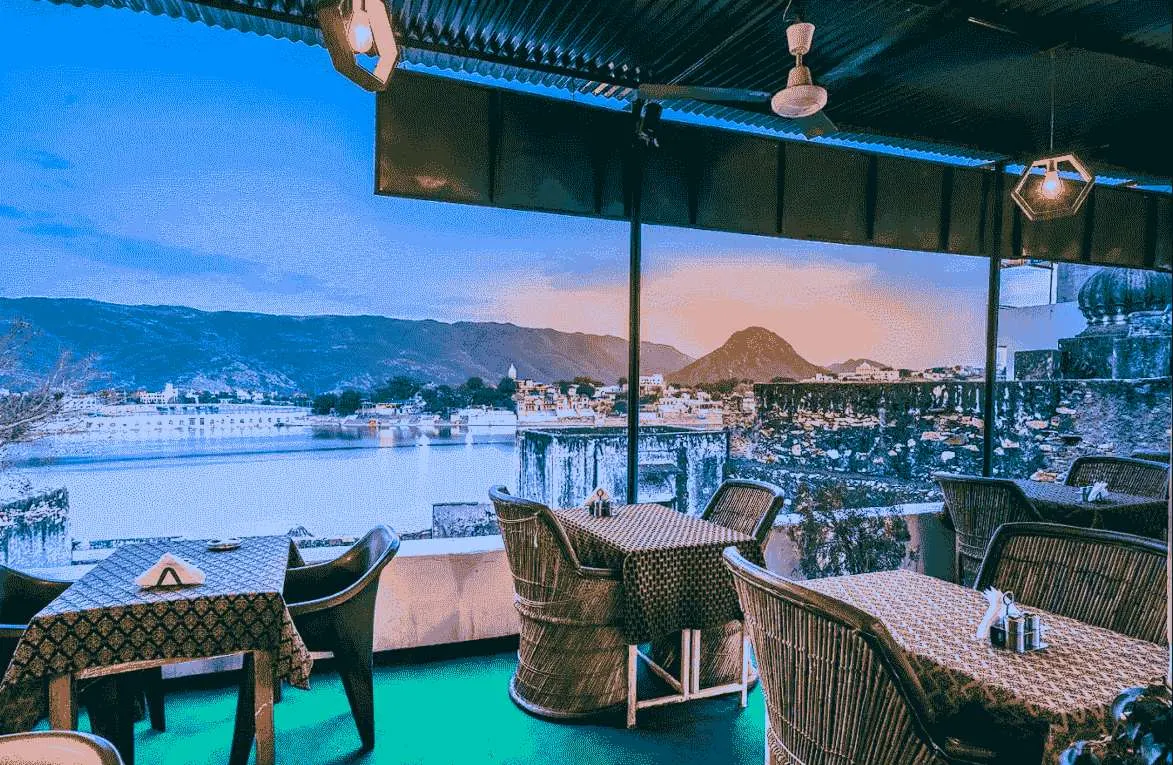
If there’s one thing Pushkar does right, it’s the spectacular sunsets. For me, the best place to enjoy it is from the Savitri Temple. You do need to hike for around 40 minutes to reach the temple. It’s a steep, but safe trek – although you can always take a cable car for around $1.75. From up there, you’ll see the whole valley bathed golden by the setting sun.
Local tip: Pushkar is renowned for its rose oil production.
Unfortunately, the ones sold on the main market road are often synthetic and way overpriced. For real rose oil, head to the small shops tucked behind Varaha Ghat. Ask for cold-pressed oil, not alcohol-mixed. $5 gets you a tiny bottle that lasts a year.
Day 3: Pushkar to Jodhpur
Catch the morning RSRTC bus to Jodhpur (book online or at the small counter near Pushkar bus stand). The ride is 5–6 hours. It’s mostly highways, so it’s not too bumpy. You’ll feel the change as soon as you hit Jodhpur: while Pushkar is pretty peaceful and laidback, Jodhpur is noisier, bustling, and way dustier!
Head to the old city near Navchokiya (a blue city like Morocco’s famous Chefchaouen), or the Clock Tower for cheap but comfy places to stay.
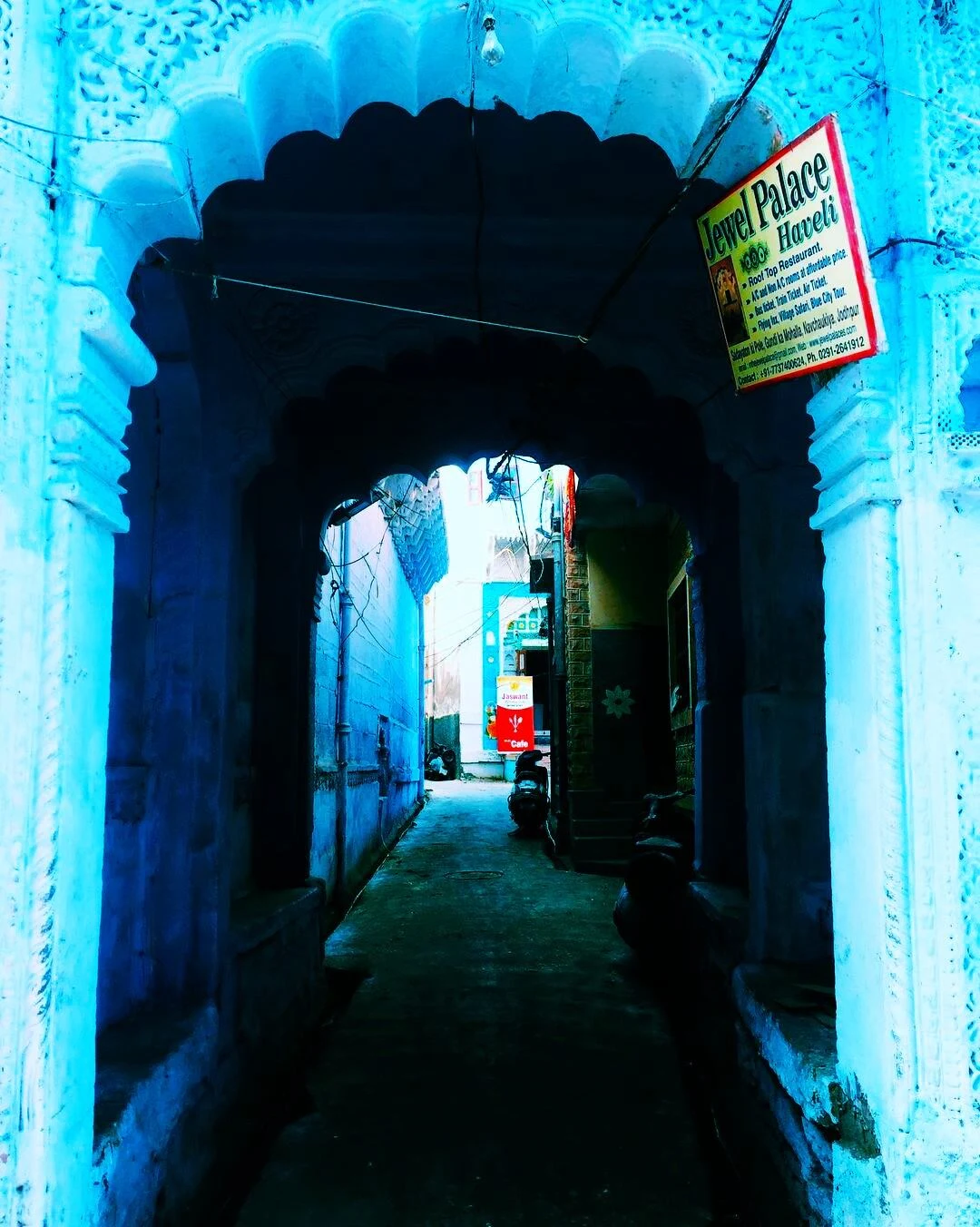
Most people head to Jodhpur to visit the famous Mehrangarh Fort, but don’t go there just yet. First, check out Toorji ka Jhalra, tucked behind boutique shops. For me, this historic, 250-year-old stepwell is the highlight of my Rajasthan trip itinerary. There’s usually a chai walla (chai seller) parked nearby selling fried snacks and tea. Believe it or not, the stepwell is still operational today, so you can join the other locals and tourists for a dip if you want to!
Around 3.30 pm, head up to Mehrangarh Fort. I’m quite impressed by the free audio guide they provide, so you don’t really need to book a guide. In my experience, this is the best time to visit the fort if you want to avoid the crowds. Brace yourself for a bit of a crowd if you visit later in the afternoon, though, since it’s a popular sunset spot.
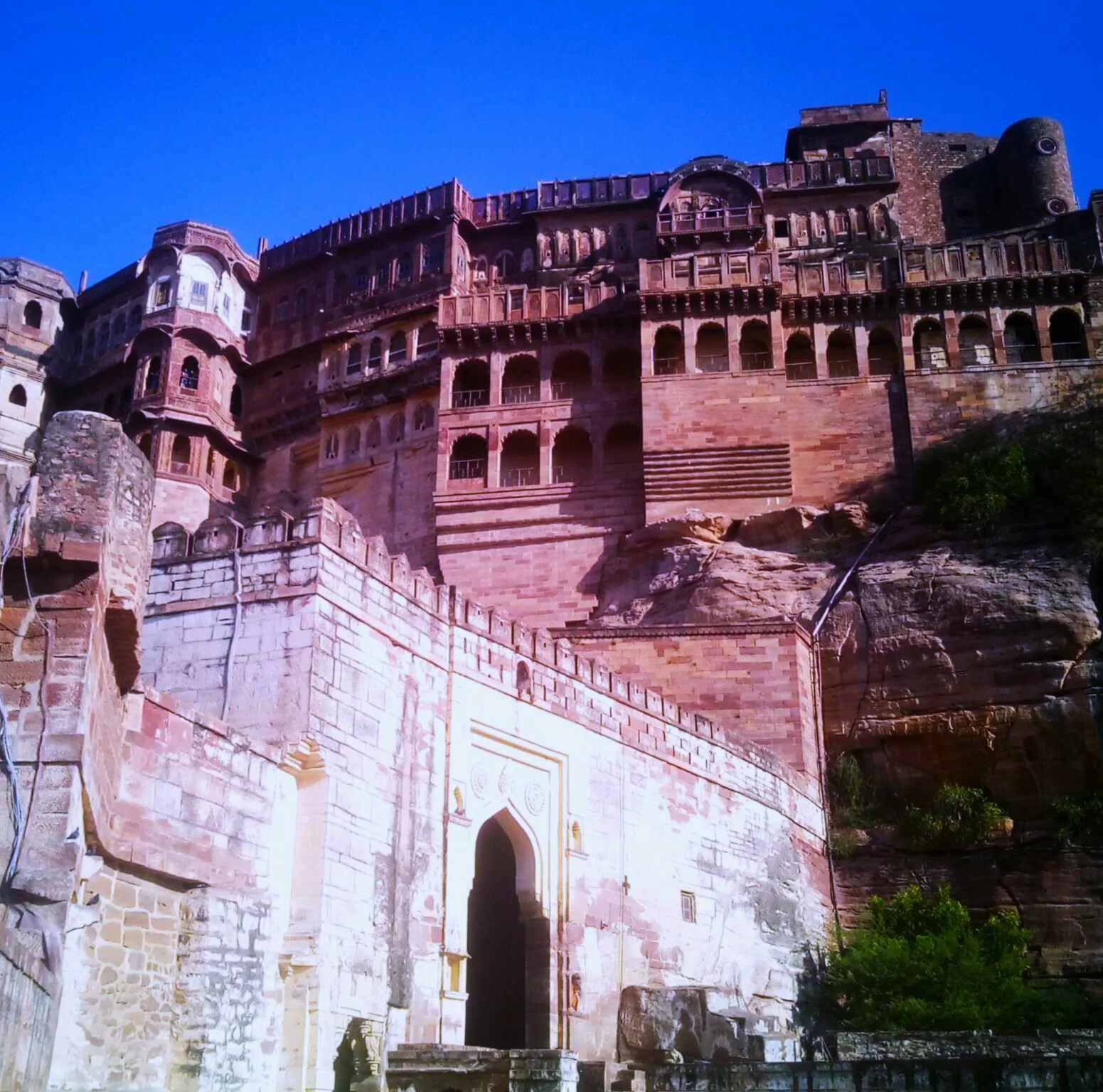
For dinner, head to Bhawani Restaurant (locals just call it “Bhawani Bhojnalaya”). I always get the Rajasthani special, which includes unlimited rotis and proper lahsun chutney (garlic chutney).
Local Tip: When you visit Mehrangarh Fort, walk past the Chamunda Devi Temple (the last stop on the main route) and look for the stone rampart at the edge of the fort’s western bastion.
Most travelers don’t know about this spot since it’s unmarked. Follow the stone rampart for about 50 meters and you’ll find a secret viewpoint overlooking the entire blue-washed old city.
Day 4: Jodhpur to Udaipur
Okay, this one is a long ride but trust me when I say it’s totally worth the extra hours! Udaipur is the kind of place where you do need more than a day to properly take everything in, especially since it’ll take you a while to get there.
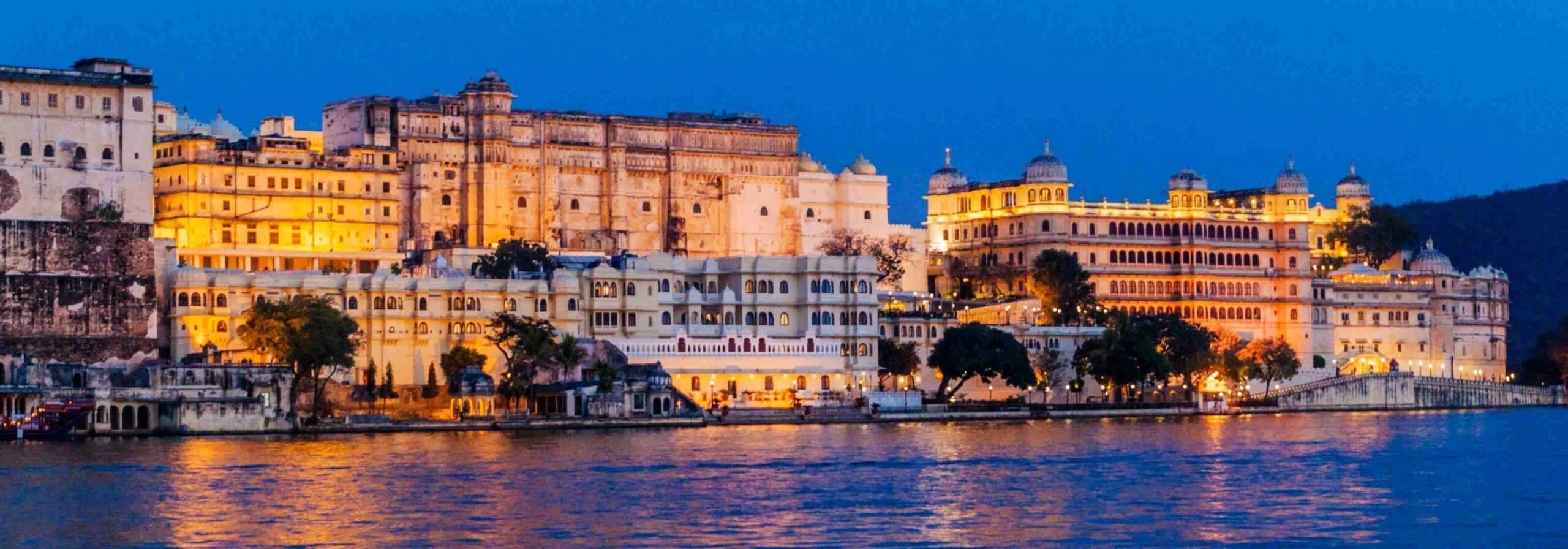
Book a seat on an AC Volvo or Goldline Express to the Royal City of Udaipur. The ride should cost around $7 to $10. I suggest you hop on the first bus early in the morning since you’ll be on the road for six to seven hours. The Aravalli descent into Udaipur is dramatic, with sweeping views of Lake Pichola, Fatehsagar, and the whitewashed city below. As such, I recommend you grab a seat on the right side of the bus for the best views.
You’ll no doubt be tired by the time you reach Udaipur, you’ll be tired, but the city makes up for it. In the monsoon season, the crisp air feels a bit like Goa with less humidity.
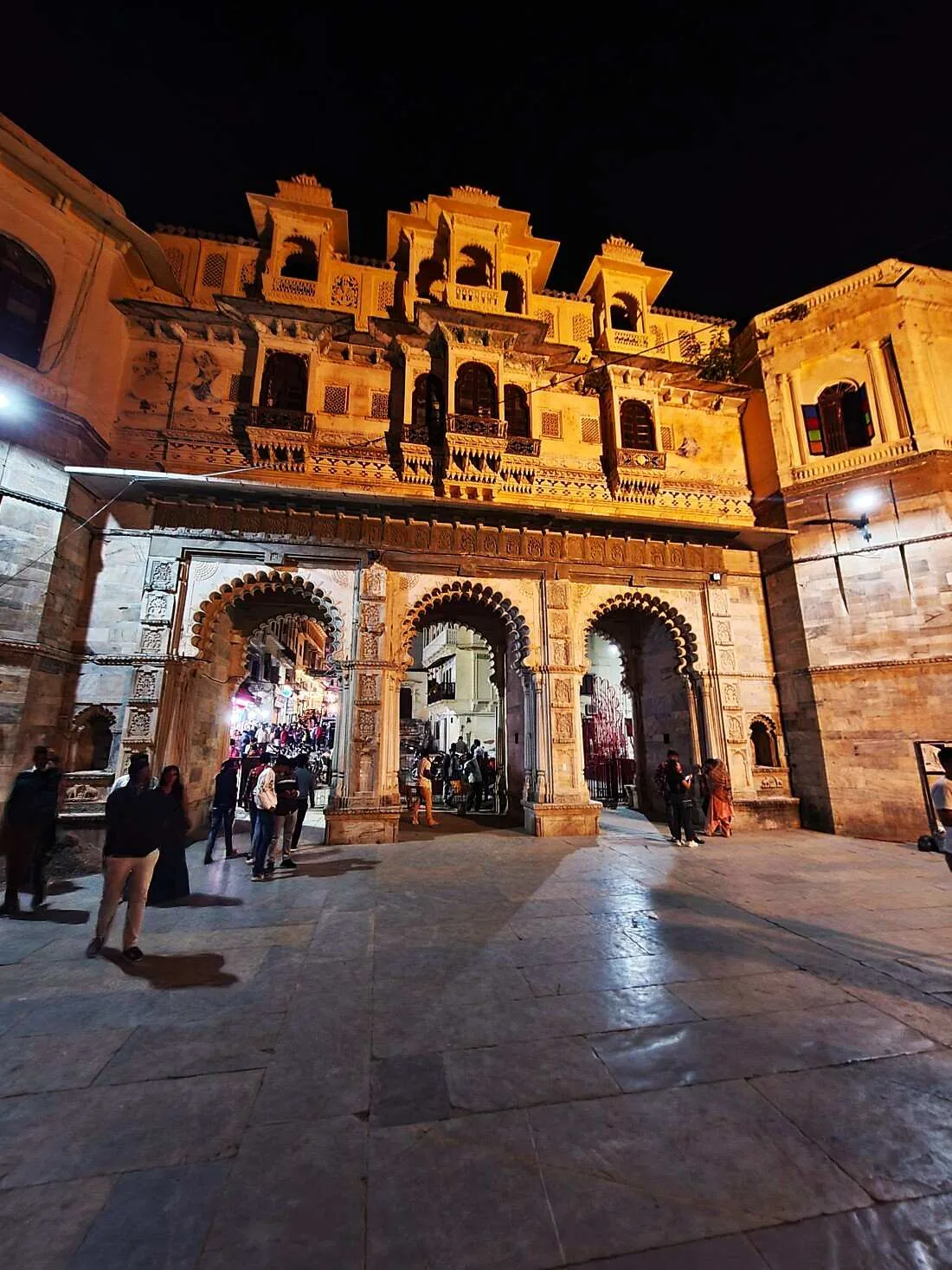
This leg of your Rajasthan trip itinerary is definitely more visually appealing. There’s something soft about Udaipur that never fails to captivate me. Expect pristine white walls, green hills, and a cooler breeze. It’s walkable, clean, and Lake Pichola adds an almost fairytale-like quality to the place.
If you’re on a budget, you may wish to skip the popular but touristy Lal Ghat area and find a place to stay on the Hanuman Ghat side instead. Personally, I’m a huge fan of Dreams Resort for its great rooftop views, decent rooms, and good food.
Walk the lake circuit in the evening. Instead of a boat ride, sit at Gangaur Ghat and watch the sun dip behind the Jag Mandir Island Palace. If it’s a Friday, wander past Jagdish Temple where you’ll be able to watch bhajan groups (religious folkloric bands) play live.
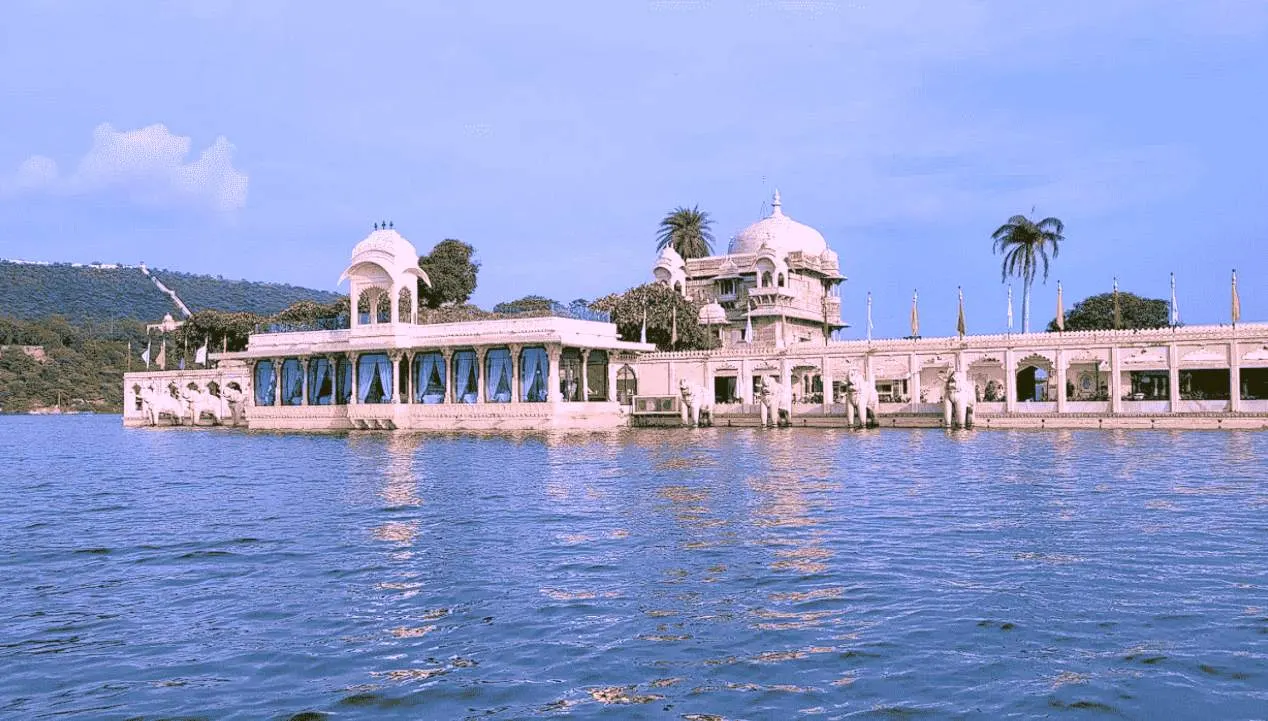
For dinner, my go-to spot in Udaipur is Natraj Dining Hall near the railway station. Their massive thalis change daily, so you just need to take a seat, and the food keeps on coming. I do mean this literally since they provide free curry refills!
Day 5: Udaipur
Now, the City Palace is a go-to stop at Jaipur, but it’s as popular as Delhi’s Taj Mahal, so you do want to get an early start. If you’re short on time, you can always book a palace-museum-and lake tour.
Then, head to Misthan Bhandar near Bapu Bazaar for a late breakfast (or quick snack to fuel up!) My favorite thing to order over there is the poha with sev. Throw in a clay cup of sweet lassi and you’re full till lunch.
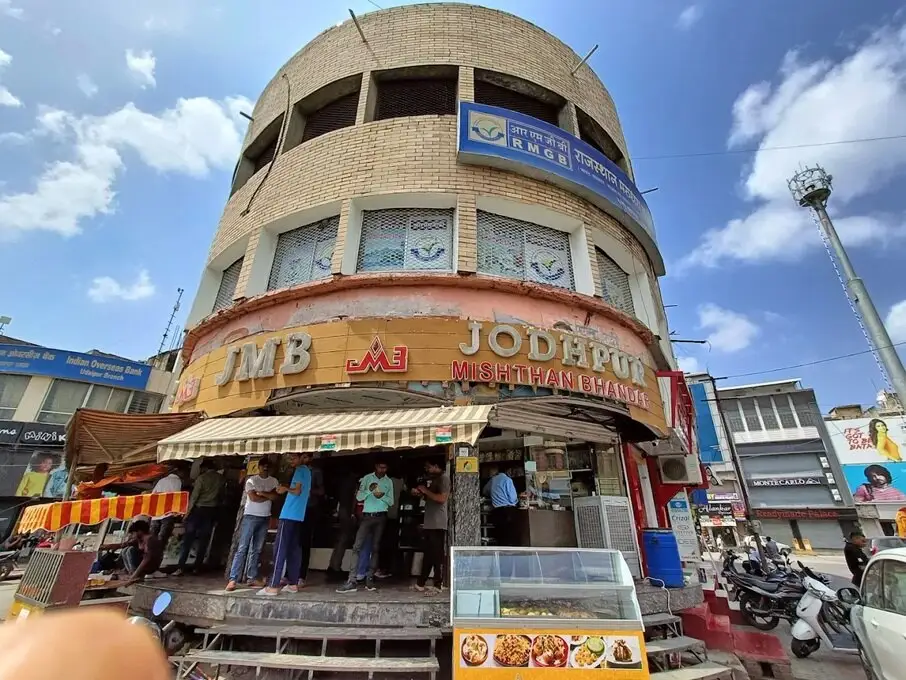
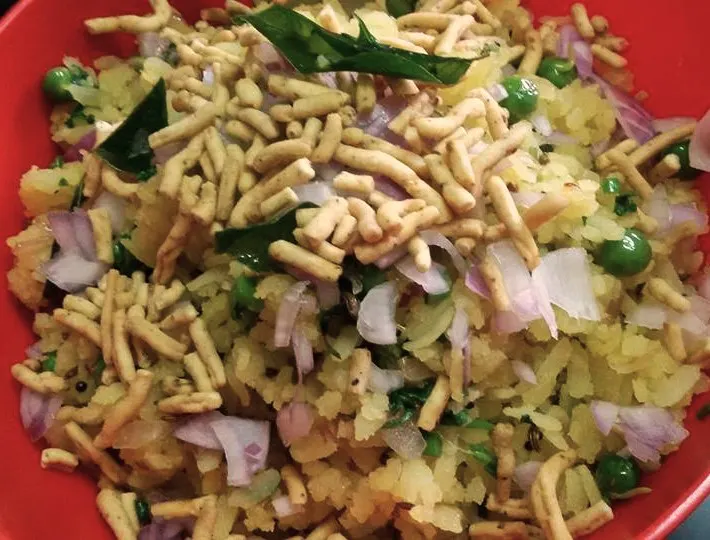
Potter about the Ahar Cenotaph Museum. It’s small, but fascinating and just a tad eerie, with cremation domes, faded marble, and hardly any crowds.
Later in the afternoon, hire a tuk-tuk up to the Monsoon Palace. After exploring the palace, head out to the grounds where you can marvel at the stunning hilltop views. It’s customary for the locals to bring snacks like bhutta (charred buttery corn) to nibble on while enjoying the view, so don’t hesitate to pack yourself a picnic as well.
On the way back, head over to the Sukhadia Circle. It’s where locals hang out. Expect chaat stalls, kulfi vendors, and paddle boats around a massive marble fountain that lights up at night. It’s not fancy, but it’s what Udaipuris do with their evenings.

Visiting Rajasthan During the Monsoon: What Changes from July to September
If you’re traveling during monsoon, you’re in for a different Rajasthan. Udaipur’s lakes are fill up. The hills near Bundi turn green. The heat breaks, and everything smells like wet earth.
As such, you’ll need to be prepared when planning your Rajasthan trip itinerary during the monsoon. Most people avoid Rajasthan in the monsoon. But here’s the secret: this is when it’s green, quiet, and surprisingly cool, especially in Udaipur and the Aravalli hills.
If you’re traveling from July to September, you’ll also enjoy cheaper accommodation since prices drop by 20–40%.
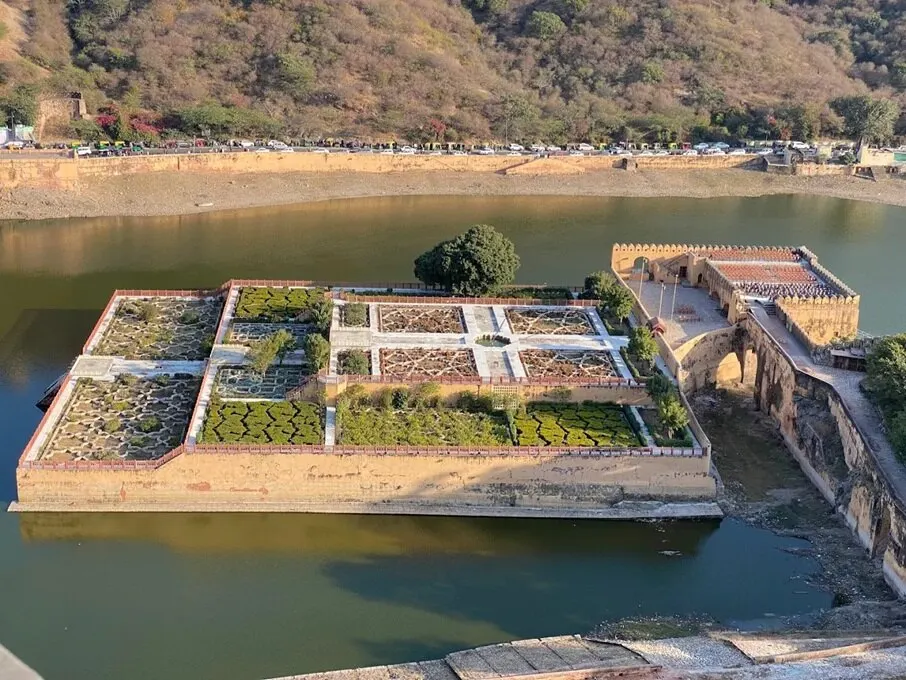
On the flip side, places like Mehrangarh Fort and Amber Fort are slippery. So, remember to wear proper shoes. Avoid flip-flops or anything without a grip. Definitely avoid Jaisalmer and Bikaner. These places can be quite dangerous in the monsoon.
Train and bus delays are common, especially on routes near the Chambal or Banas rivers. Roads flood fast. Try to book AC Volvos because they’re better maintained. In my experience, morning trains are less likely to be delayed during the monsoon.
I also recommend that you carry a poncho, not an umbrella if visiting during the monsoon. Winds are strong and sudden, especially in Jodhpur.
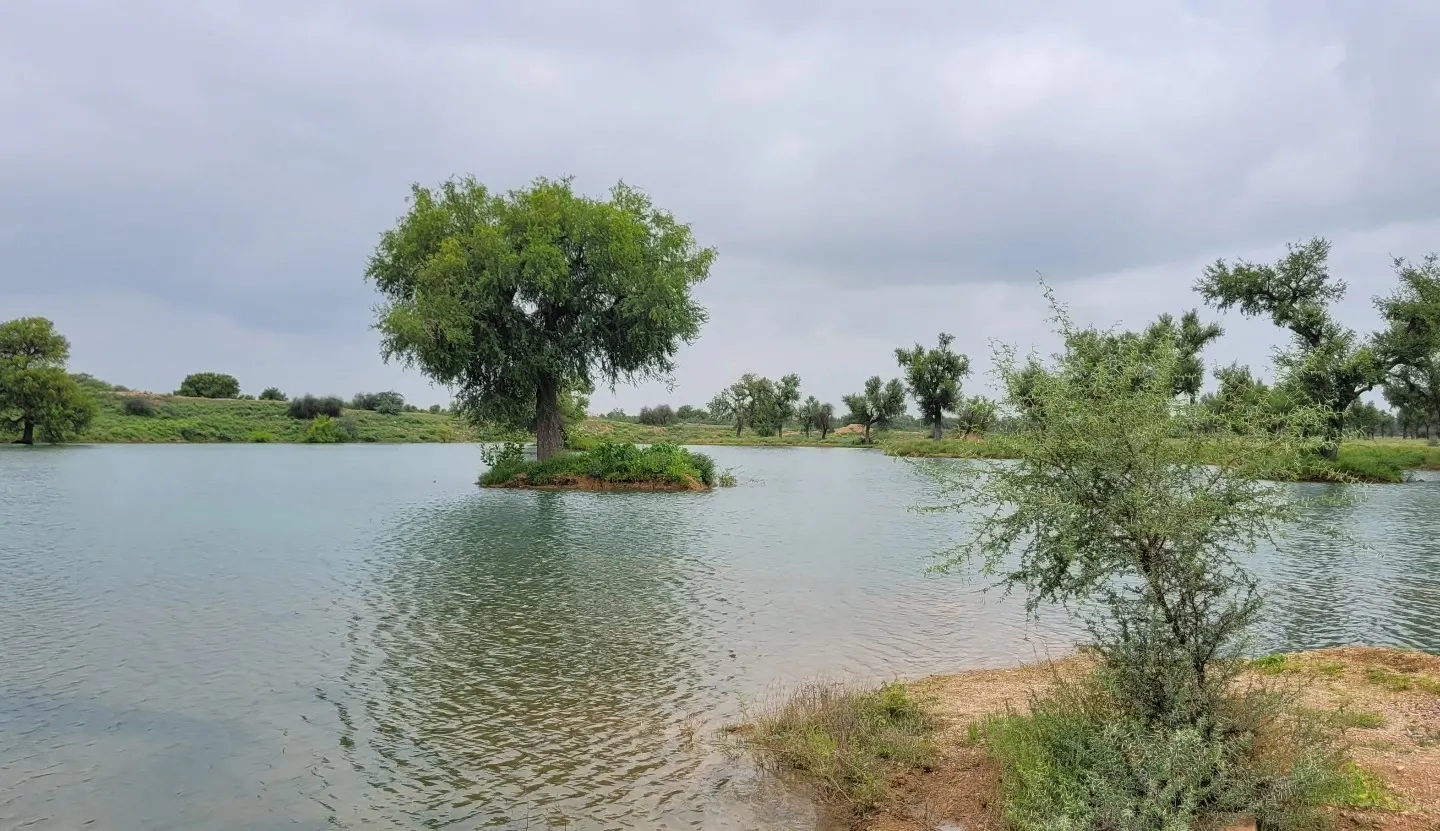
Contrary to popular belief, Rajasthan’s temples are busier during the monsoon. This is because the rainy season overlaps with the Teej and Raksha Bandhan festivals. These days are great for cultural immersion, but expect noise and crowds, with groups of people flocking about.
Rajasthan Trip Itinerary: Handy Tips for an Enjoyable Stay
- The best time for thali meals is lunch, not dinner. Daytime thalis are fresher and served faster, especially at popular local spots like Udaipur’s Natraj Dining Hall.
- Jio has the best coverage statewide, especially in rural zones. Avoid Airtel if you’re heading to Bundi, Pushkar, or areas near Mount Abu.
- Always carry a power bank since power cuts occur on a near-daily basis in smaller villages.
- Make sure to carry small bills. Most bus drivers, tuk tuk drivers, and guesthouses don’t have change for larger bills.
- Local buses from Jaipur to Ajmer, Udaipur to Mount Abu, or Jodhpur to Jaisalmer are faster and more reliable than trains.
- The best street food in Jaipur is behind Chandpole Gate, not in the walled city markets. Try Mahaveer Rabdi Bhandar at night.
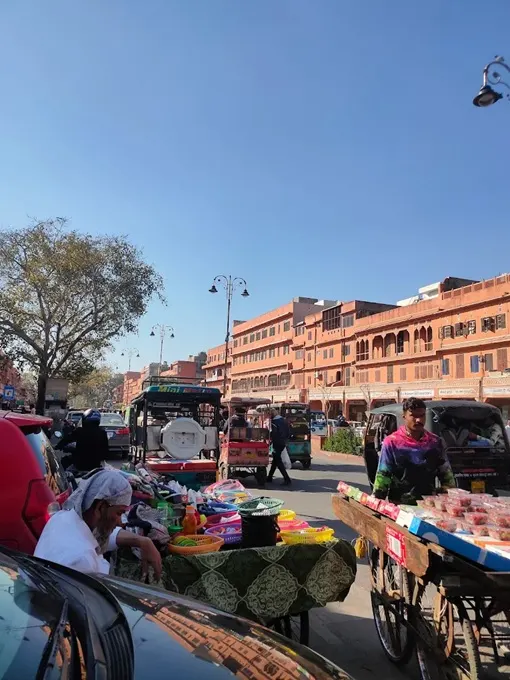
Share This Article

Traveling soon? Subscribe to The Insight below and get exclusive access to our personalized travel advice community via WhatsApp so you can ask all your burning travel questions.
Looking for the best comprehensive travel insurance? SafetyWing has you covered.
And for your eSIM in every country, there is only one option we recommend: Airalo.
Read more of our best insights from around the world
